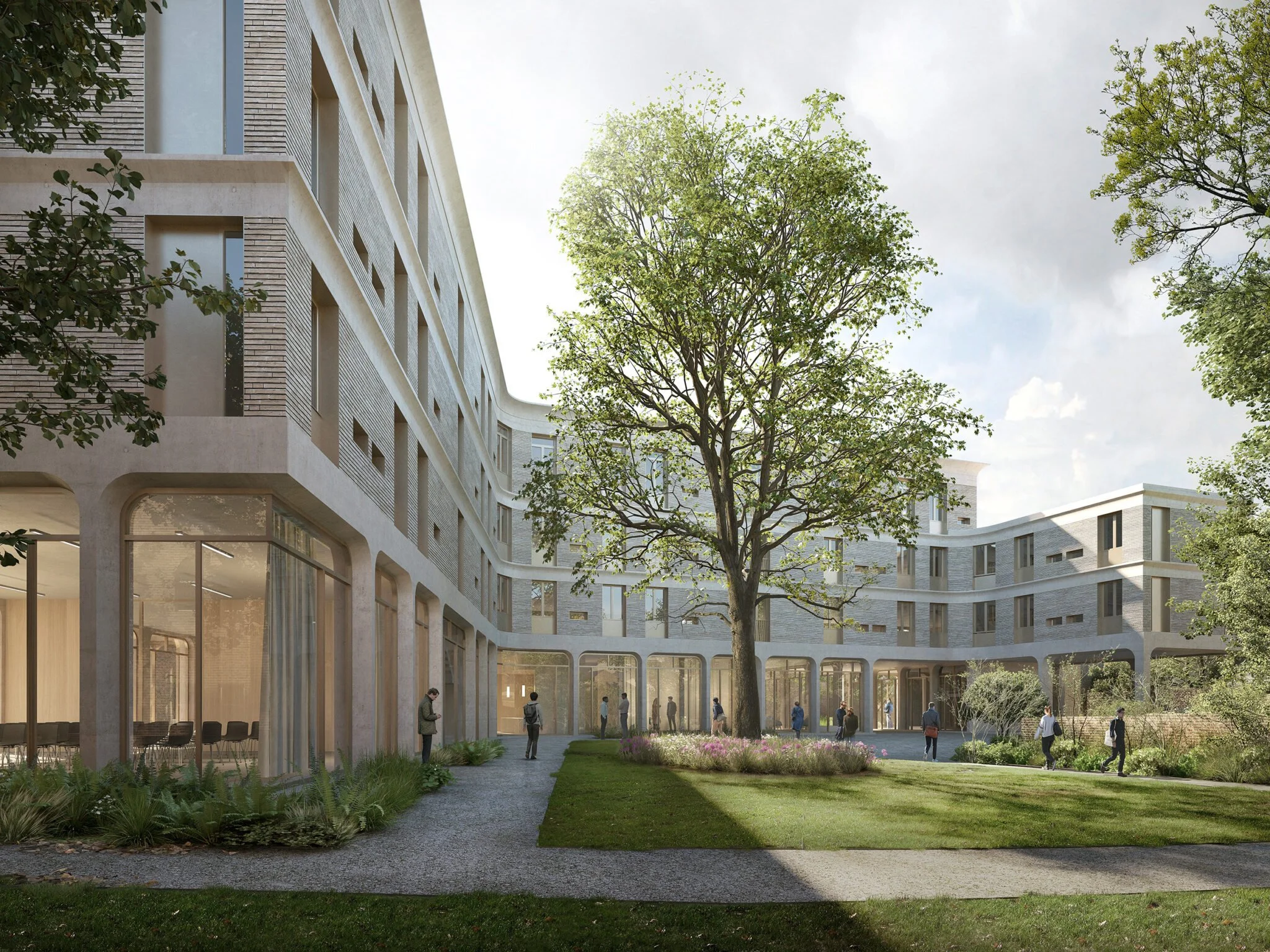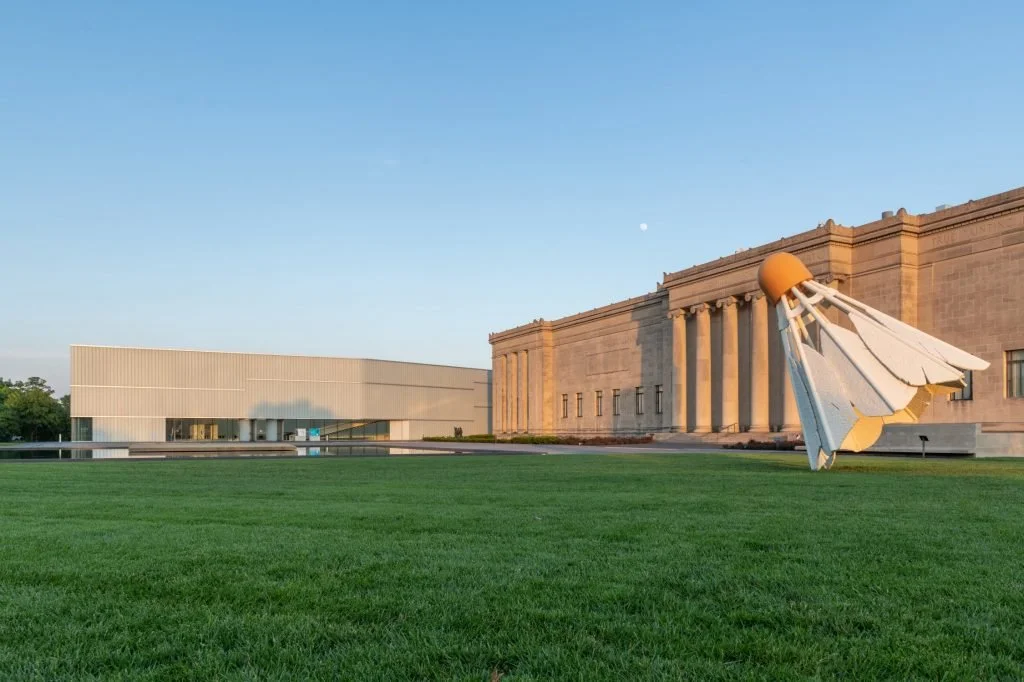Future–Future guides architecture practices toward strategic growth through business development, communications, and public relations.
These insights show tactics that enable studios to win work and expand their profile geographically.
Winning cultural work requires a sustained business development strategy: one that focuses on cultivating relationships over competition entries; deep research into which institutions are likely to tender projects through an invited RFP process, leveraging points of alignment between a firm's distinct niche and approach and these potential clients; and communications initiatives that emphasize the firm’s selling points.
Every successful architecture firm today has a social media presence that speaks to its brand identity and helps promote not only projects but also thought leadership and design thinking. Platforms like Instagram, Facebook, and LinkedIn, as well as regional ones like WeChat and Line, bridge the gap between architects and the general public by affording insights into a firm’s design process, studio culture, and out-of-office activities.
Successful architecture firms position themselves around a core idea – a design approach, theme, or solution – that clearly reflects their ethos and philosophy. This core idea forms part of the firm’s broader narrative that builds public perception, either explicitly, or by interpretative association.
Closely reading an RFP means understanding underlying motivations that may not be stated outright. Identifying these can help guide deeper research and more focused messaging that speak to the client’s priorities and vision for the project.
An RFP isn’t just a list of requirements. It holds clues about what the client’s priorities are and what institutional pressures they may be responding to.





